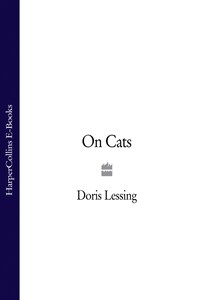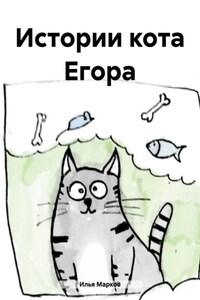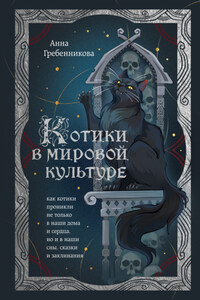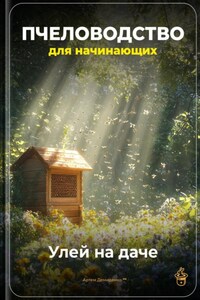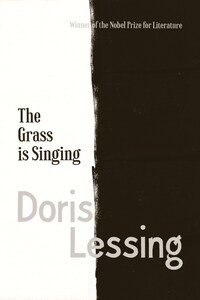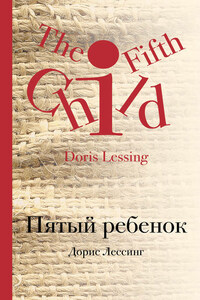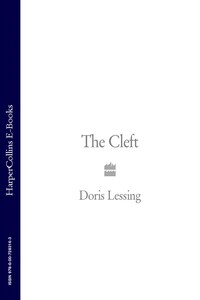The house being on a hill, hawks, eagles, birds of prey that lay spiralling on air currents over the bush were often at eye level, sometimes below it. You’d look down on sun-glistening brown and black wings, a six-foot spread of them, tilting as the bird banked on a curve. Down in the fields, you could lie very still in a furrow, preferably where the plough had bitten deep as it turned, under a screen of grass and leaves. Legs, too pale against reddish-brown soil in spite of sunburn, had to be scattered with earth, or dug into it. Hundreds of feet up, a dozen birds circled, all eyeing the field for small movement of mouse, birds, or mole. You would choose one, straight overhead perhaps; perhaps for a moment fancy an exchanged glance eye to eye: the cold staring eye of the bird into coldly curious human eye. Under the narrow bulletlike body between great poised wings the claws were held ready. After a half minute, or twenty, the bird plummeted straight on to the tiny creature it had chosen; then up and away it went in a wide steady beat of wings, leaving behind an eddy of red dust and a hot rank smell. The sky was as it had been: a tall blue silent space with its scattered groups of wheeling birds. But up on the hill a hawk might easily zoom in sideways from the air circuit where it had been lying to choose its prey – one of our chickens. Or even fly uphill along one of the roads through the bush, the great spread of wings held cautious against overhang of branch: bird acting, surely, against its nature in speeding thus along an air avenue through trees rather than dropping through air to earth?
Our chickens were, or at least that is how their enemies saw it, an always renewed supply of meat for the hawks, owls, and wild cats for miles around. From sunup till sundown, fowls moved over the exposed crown of the hill, marked for marauders by gleaming black, brown, white feathers, and a continuous clucking, crowing, scratching and strutting.
On the farms in Africa it is the custom to cut the tops off paraffin and petrol tins and fix glistening squares of metal to flash in the sun. To scare the birds off, it is said. But I’ve seen a hawk come in from a tree to take a fat drowsy hen off her hatching eggs, and that with dogs, cats, and people, black and white, all around her. And once, sitting at a domestic spread of tea outside the house, a dozen people were witness to a half-grown kitten being snatched from the shade under a bush by a swooping hawk. During the long hot silence of midday, the sudden squawking or crowing or flustering of feathers might as often mean that a hawk had taken a fowl as that a cock had trod a hen. There were plenty of chickens though. And so many hawks there was no point in shooting them. At any moment, standing on the hill looking at the sky, there was certain to be a circling bird within half a mile. A couple of hundred feet below it, a tiny patch of shadow flitted over trees, over fields. Sitting quiet under a tree I’ve seen creatures freeze, or go to cover when the warning shadow from great wings far above touched them or darkened momentarily the light on grass, leaves. There was never only one bird. Two, three, four birds circled in a bunch. Why just there, you’d wonder? Of course! They were all working, at different levels, the same air spiral. A bit further off, another group. Careful looking – and the sky was full of black specks; or, if the sunlight caught them just so, shining specks, like motes in a shaft of light from a window. In all those miles of blue air, how many hawks? Hundreds? And every one of them able to make the journey to our fowl flock in a few minutes.
So the hawks were not shot. Unless in rage. I remember, when that kitten vanished mewing into the sky in the hawk’s claws, my mother exploded the shotgun after it. Futilely of course.
If the day hours were for hawks, dawn and dusk were for owls. The chickens were shooed into their runs as the sun went down, but the owls sat in their hour on the trees; and a late sleepy owl might take a bird in the very early sunlight as the runs were opened.
Hawks for sunlight; owls for half-light; but for the night, cats, wild cats.
And here there was some point in using a gun. Birds were free to move over thousands of miles of sky. A cat had a lair, a mate, kittens – at least a lair. When one chose our hill to live on, we shot it. Cats came at night to the fowl-runs, found impossibly small gaps in walls or wire. Wild cats mated with our cats, lured peaceful domestic pussies off to dangerous lives in the bush for which, we were convinced, they were not fitted. Wild cats brought into dubious question the status of our comfortable beasts.
